Description
570th Bombardment Squadron, WWII Tribute Patch
Collectors and fans! Enjoy this new 570th Bombardment Squadron WWII Tribute Patch. This is a tremendous new shoulder patch to wear or display.
- 3 inches
- PVC/Hook and Loop
- US Naval Aviator Owned Business
World War II
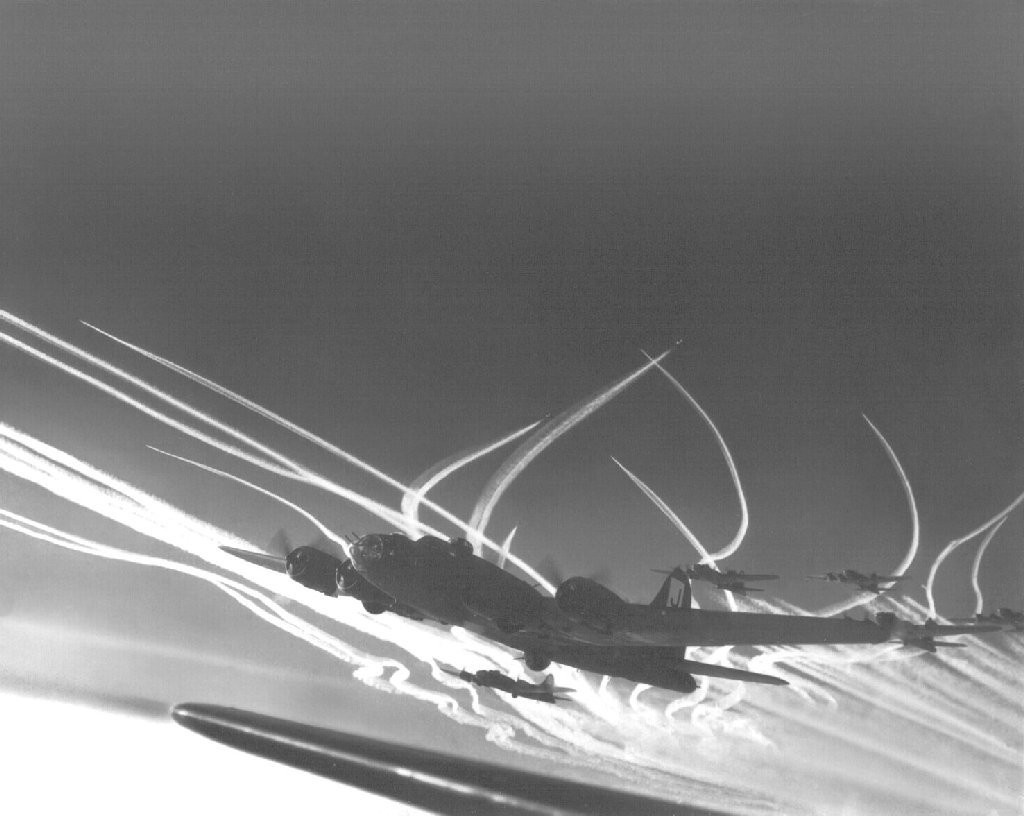
Activation and training in the United States
The squadron was first activated at Geiger Field, Washington in January 1943 as the 570th Bombardment Squadron, one of the four original squadrons of the 390th Bombardment Group.[1] A cadre from the squadron and group went to the Army Air Force School of Applied Tactics at Orlando Army Air Base, Florida for advanced training. The 390th Group was the first to go through this training process, which was followed by later combat groups.[3] The squadron was filled out with Boeing B-17 Flying Fortress heavy bombers beginning the following month and trained at Geiger and at Great Falls Army Air Base, Montana until early July 1943. The squadron’s air echelon ferried their B-17s to England via the north Atlantic ferry route, with the first bombers arriving on 13 July. The ground echelon departed for Camp Shanks and the New York Port of Embarkation, sailing on the USAT James Parker on 17 July, reaching England ten days later.[1][4][5]
Combat in the European TheaterThe squadron arrived at its combat station, RAF Framlingham in July 1943 and flew its first combat mission on 12 August against targets in the Ruhr. Five days later, the squadron attacked the Messerschmitt factory at Regensburg, for which it earned its first Distinguished Unit Citation (DUC).[4] The Regensburg mission was a “shuttle” mission, and the squadron continued after striking the target to recover at Twelfth Air Force bases in North Africa. Poor weather at the departure bases extended the time required to assemble the strike force, making fuel reserves critical. Half of the fighter cover missed the rendezvous, lessening the bombers’ protection. For an hour and a half after its entry into German airspace, the strike force bore attacks from German interceptors. The 390th Group suffered the heaviest losses of the leading wing, but had the best bombing results, which destroyed equipment used for the assembly of the Me 262 jet fighter, delaying its introduction into service.[6]
On 14 October 1943, the squadron carried out an attack on the ball bearing factories at Schweinfurt, braving unrelenting attacks by enemy fighters, despite which, the 390th Group had the highest accuracy of the attacking force.[7] For this mission it received a second DUC. In late February 1944, the squadron participated in Big Week, the concentrated assault on Germany’s aircraft manufacturing industry, including plants manufacturing aircraft instruments and depots for aviation supplies. Other strategic targets included attacks on navy bases at Bremen, bridges at Cologne, marshalling yards at Frankfurt am Main, factories at Mannheim, synthetic oil plants at Merseburg, and oil refineries at Zeitz.[4]
The squadron was occasionally diverted from the strategic bombing campaign to fly air support and interdiction missions. It bombed near Caen fifteen minutes before the first landings on the Normandy coast on D Day. It provided support during Operation Cobra, the breakout at Saint Lo in late July 1944. During the Battle of the Bulge from December 1944 through January 1945, it cut German supply lines to the battle area. It attacked Axis air bases to support Operation Varsity, the airborne assault across the Rhine, in March 1945. The squadron flew its last combat mission on 20 April 1945.[4]
Return to the United States and inactivation
Just prior to and after V-E Day, the squadron dropped food supplies to civilians in the Netherlands. The squadron’s aircraft began returning to the United States on 25 June 1945, while the ground echelon sailed on the RMS Queen Elizabeth in early August. The squadron reassembled at Sioux Falls Army Air Field, South Dakota later that month and was inactivated there on 28 August 1945.[1][4][5]
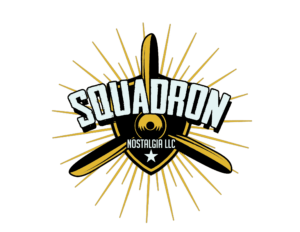
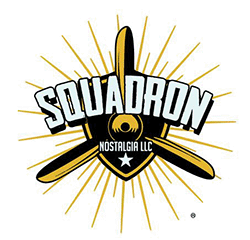


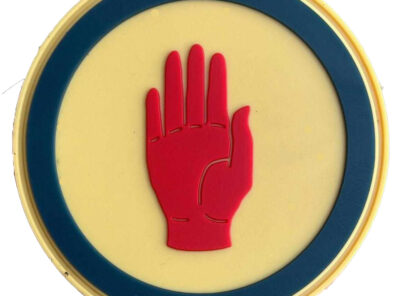
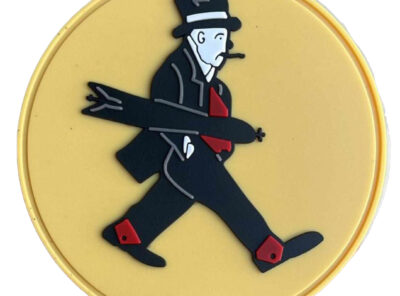
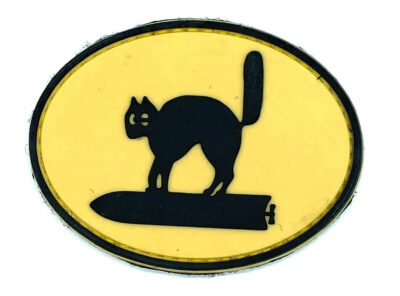
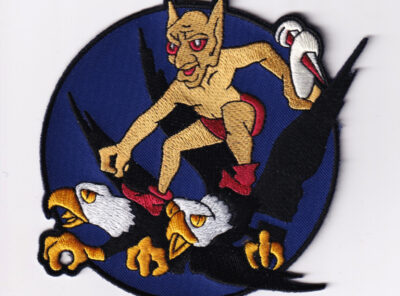
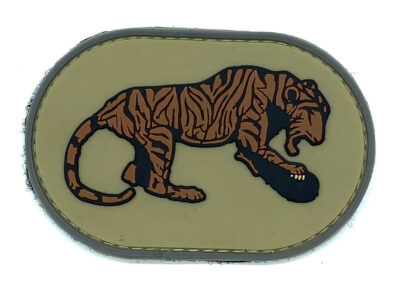
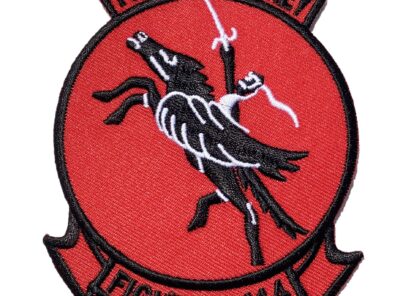
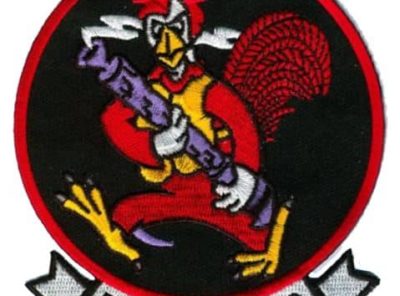
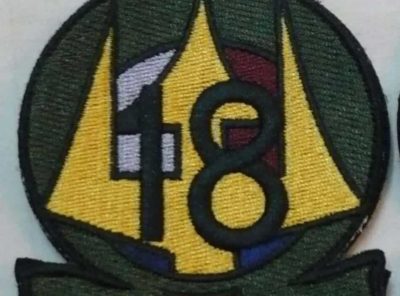
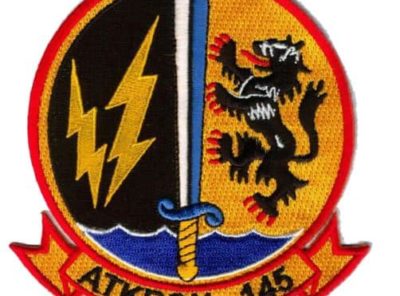

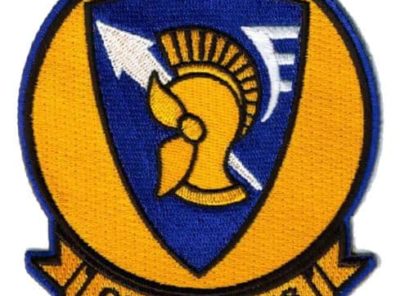
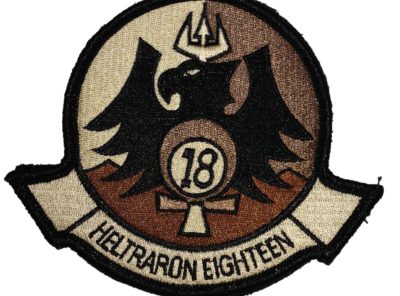
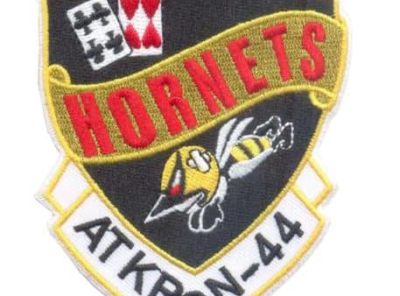
Reviews
There are no reviews yet.